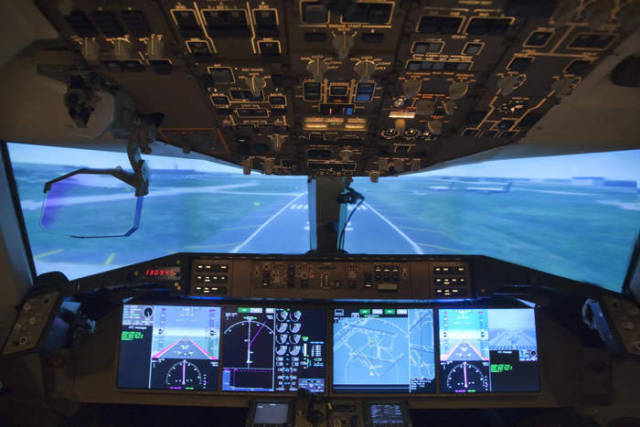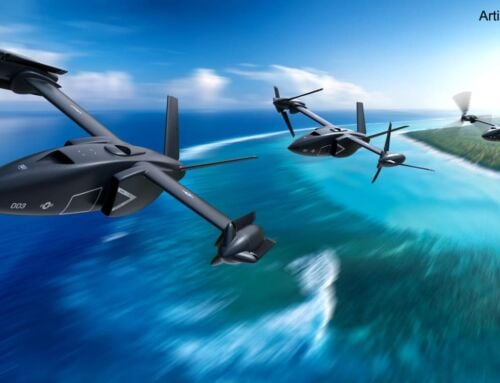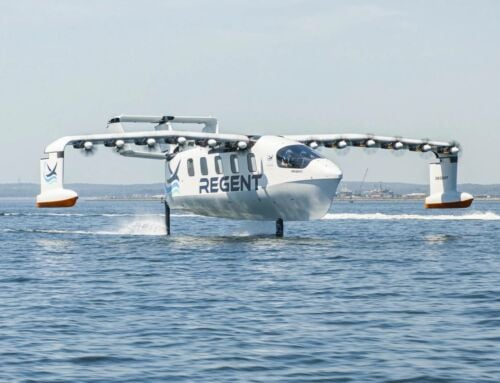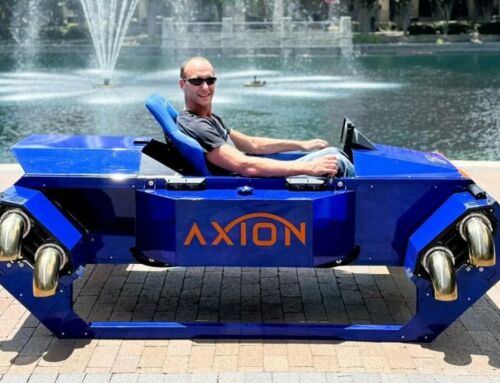In 1939, August 19 designated as National Aviation Day in honor of Orville Wright’s birthday. NASA has helped air travel become a safe, reliable form of transportation.
Every U.S. commercial aircraft and every U.S. air traffic control tower has NASA-developed technology on board.
During the 1970s and 1980s, NASA created and tested the concept of an advanced cockpit configuration that replaced dials and gauges with flat panel digital displays. The digital displays presented information more efficiently and provided the flight crew with a more integrated, easily understood picture of the vehicle situation. Glass cockpits are in use everywhere today on commercial, military and general aviation aircraft. In this 2011 photo, NASA Langley Research Center engineers in Hampton, Va., use the Research Flight Deck flight simulator to continue developing new cockpit technologies, to make airliners safer and more efficient.
NASA studies led to development of vertical extensions that can be attached to wing tips to reduce aerodynamic drag without having to increase wing span. Winglets help increase an airplane’s range, decrease fuel use, and today can be seen on airplanes everywhere. Working with its industry partners, NASA researchers determined an effective way to reduce noise levels on the ground and in the passenger cabin was to add saw tooth-shaped cut outs, or chevrons, to the exhaust nozzles and cowling of jet engines.
Image Credit: NASA Langley/Sean Smith
source NASA.org






Leave A Comment